Introduction
A corporate library is a special library within corporations for staff that performs critical functions in many businesses and industries. These facilities allow the staff members to collect information, store and reference it when necessary. It is essential to analyze the internal organization of corporate libraries to identify their benefits and drawbacks, core elements, as well as their significant role in an enterprise’s performance.
The Comparative Study on Corporate Libraries
Frito-Lay Corporate Library
Modern sci-tech libraries are functioning within collections of standards, which differ according to their needs. Such standards can be examined in terms of the corporate setting, specifically in the Frito-Lay Corporate Library. After moving to the new headquarters in 1985, Frito-Lay’s management service, technical service, and labor relations became a corporate library. This approach aimed at addressing the informational needs of its workers, as well as manufacturing locations across the United States.
The library is run by the manager and includes information and employee services accountable to the director. Apart from books, this library stores a collection of serials, catalogs from vendors, proprietary documents, technical reports, standards, and other relevant information. Engineers are the most persistent users of the corporate library since their department controls the overall aspects of building and sustaining manufacturing plants and machinery.
The library’s standards are divided into categories, but there is certain overlapping. For instance, Underwriter Laboratories standards are of the same concern to mechanical engineers as to electrical engineers. When the library lacks access to specific material, interlibrary loan networks are involved and rarely denied. Thus, the Frito-Lay Corporate Library has to constantly control the use of standards it collects to enable the easiest access to the entire collection with CD/ROM systems involved, proper funding, and focus on the development.
Based on this, it can be concluded that the main pro of the Frito-Lay Library is a wide variety of materials and samples. Additionally, the information collected within the library can be accessed by all employees, including engineers and workers. The primary downside of this facility is the overlap of some standards and categories.
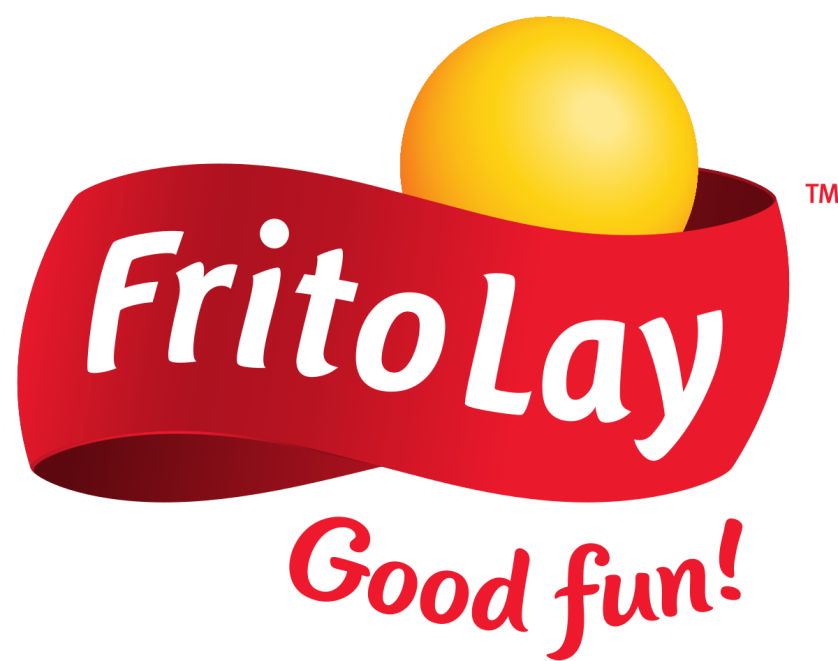
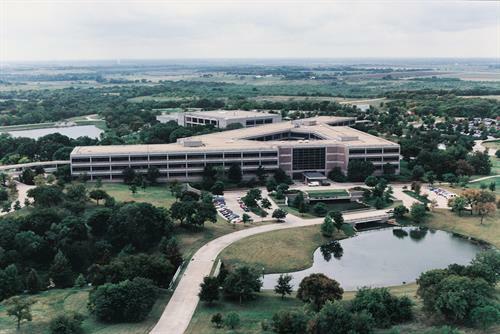
Los Angeles County Metropolitan Transportation Authority
The Los Angeles County Metropolitan Transportation Authority (Metro) is another example of a special library that combines traditional local services and historical archives. The library includes a dynamic digital collection and a broad virtual following. As described by Fourie and Loe, this library is a “large quasi-governmental agency” that records the fundamental and unique role of transportation in Southern California in terms of its historical and cultural context (88). The primary users of the Metro Library are employees, government agencies, and research institutions. In addition, this corporate library is also used by the general public and supporters of public transit and urban history.
The Metro library and archive are one of the most extensive transit operator-owned library collections in the United States. Its collection includes about 250,000 items that are of relevance to Los Angeles transportation history from 1873 until the present day. To be more specific, the library comprises “45,000 books, reports, studies, conference proceedings, plans, maps, and drawings” (Fourie and Loe 88). Moreover, more than 20,000 photographs and images, over 700 videos, and an evolving collection of full-text digital documents are available to the public online on various Internet platforms. Hence, the main strengths of this corporate library are the variety of materials, the ability to use the services by individuals not working or Metro, and virtual access. The downside is the fact that not all materials are currently available online.
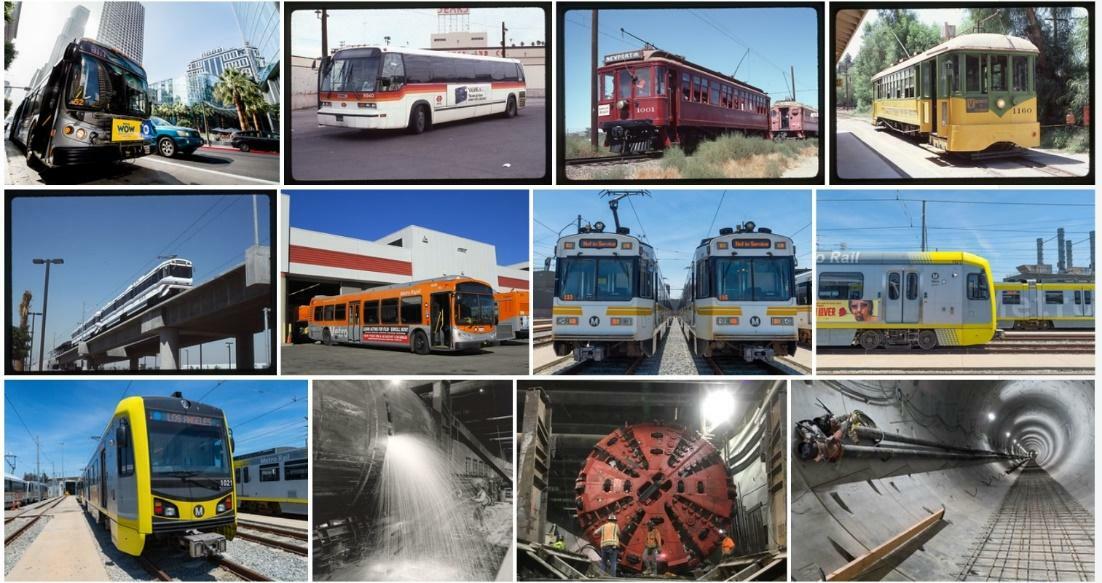
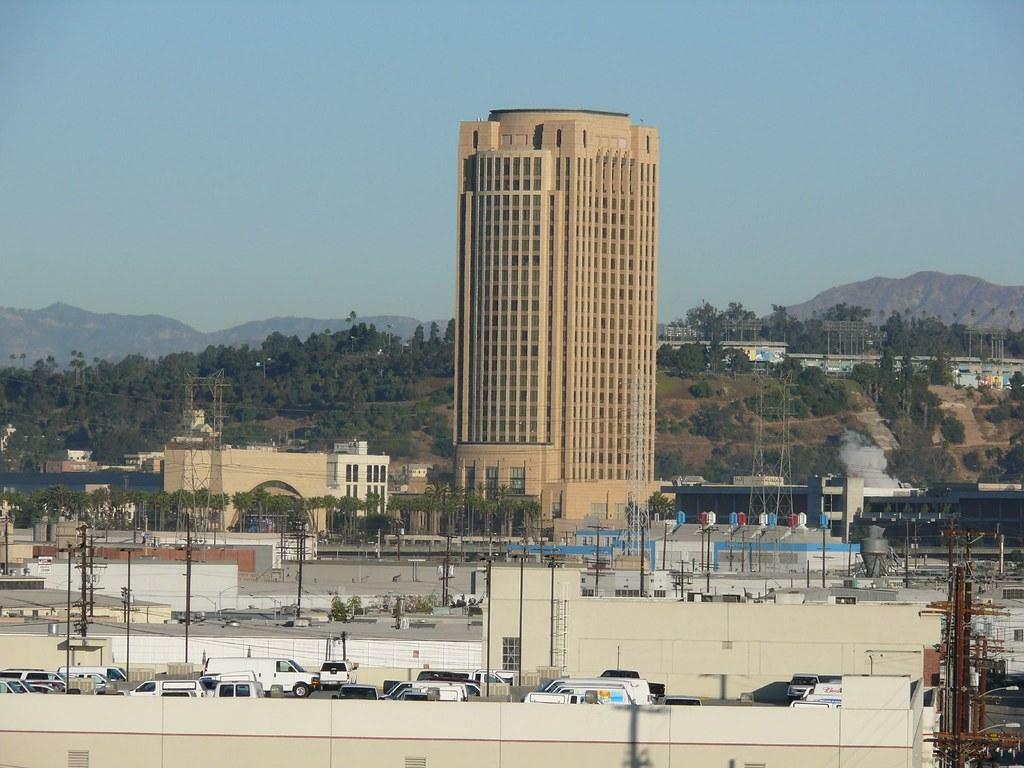
San Diego Title Insurance and Trust Company Corporate Library
The San Diego Title Insurance and Trust Company Corporate manages a noteworthy corporate library that has maintained archives over three decades. John F. Forward established the library in 1946 with the aid of Union Title Insurance and Trust Company. As stated by Fourie and Loe, its collection consists of “original photographs and records of San Diego County land” and property from 1870 until 1979 (89). When the corporation got the new owner, more than 150 000 images were assigned to the San Diego Historical Society with the purpose of professional care and management.
As a result of such a significant donation of the Title Insurance and Trust Company, Sothern California is now enriched with a collection of vast magnitude and scientific importance. The company used such a vibrant resource for promotional purposes and made the collection accessible to historians and pictorial explorers. Hence, the pro of this library is the value of historic materials it contains, while the cons are lack of access for the general public and the inability to access its resources online.
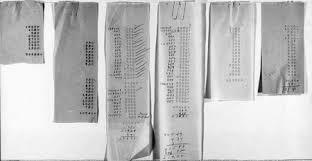
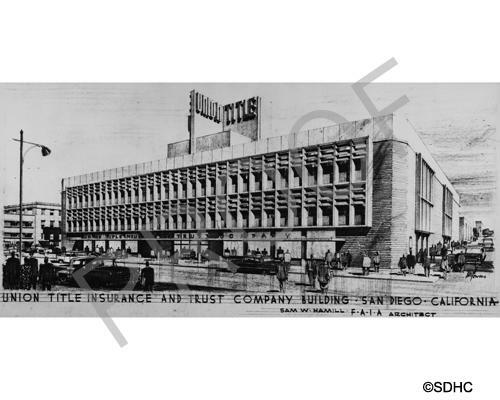
Northwestern University Special Libraries’ Acknowledgments Database
In terms of strategic reforms, it is crucial to analyze the Northwestern University Library (NU Library) special libraries division and its new approach to library assessment, especially the qualitative evaluation. Its main objectives include excellent service, educational activity in the community, and scholarly influence. According to Steinberg et al., the special library division at NU Library includes seven individual departments that contain specialized collections (573). Therefore, the strength of this library is the focus on dividing its collection based on a topic.
The Acknowledgments Database aims at monitoring and reporting on data about staff and department results across the division. However, the library archives and special collections need to advance their culture of assessment, which is the main downside of this library. The measures taken by curators have a lack of attention to the phenomenal nature of primary source materials or their management.

OCLC Library
The OCLC library is a fundamental facility in a global company that serves libraries worldwide since 1967. It is a combination of an archive, museum, research library, as well as community space that represents the OCLC’s tradition that engages more than 100 countries. The scope of this library’s activity, as well as its renovated community space, are its main strengths. Furthermore, it is growing due to collaboration in the development of new products and services.
As stated by Godby and Denenberg, OCLC is a nonprofit library cooperative that ensures standard technology services, research, and community programs (5). It is best recognized for developing a shared, computerized catalog for its member agencies, which has beneficial outcomes in reducing the time needed for creating catalog records. The main drawback of this library is the lack of attention to presenting the documents and materials it contains online for public access.
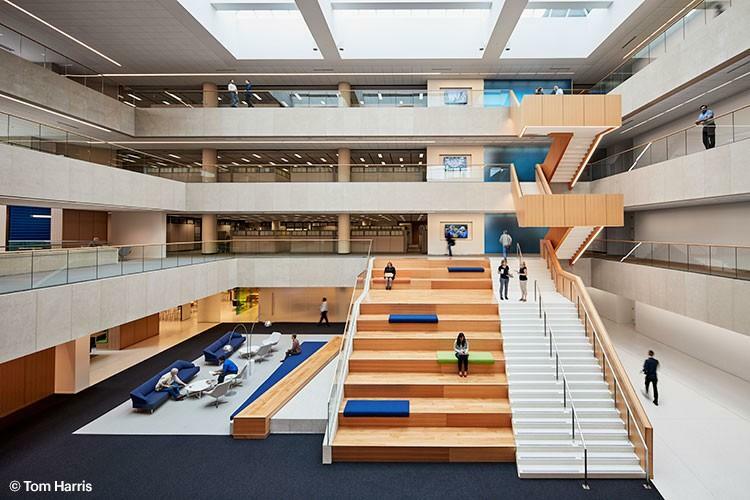
Conclusion: The Value of Corporate Libraries
Among the key objectives of corporate libraries is saving the time of corporations’ employees and providing aid in competitive intelligence work. Furthermore, special libraries ensure the necessary material for employees, such as photos and videos related to the company’s history. The analysis of the five relevant corporate and special libraries proves their significant role in the corporations’ development, as well as the pros and cons of each facility.
Works Cited
Fletcher, Ed. Union Title Insurance and Trust Company. 1922-1925. Library Digital Collections. Web.
Fourie, Denise K., and Nancy E. Loe. Libraries in the Information Age: An Introduction and Career Exploration. 3rd ed., Libraries Unlimited, an Imprint of ABC-CLIO, LLC, 2016.
TeamConnor. Frito-Lay.svg. 2017. TeamConnor. Web.
gdm. Frito-Lay – Food Products. 2019. TroveStar. Web.
Godby, Carol Jean, and Ray Denenberg. Common Ground: Exploring Compatibilities between the Linked Data Models of the Library of Congress and OCLC. Library of Congress and OCLC Research, 2015.
Loar, Bryan. Nationwide Library + History and Archives Center. CBUS Libraries. Web.
Los Angeles County Metropolitan Transportation Authority. Transportation Research Library & Archives est. 1895, Metro. Web.
Northwestern. Art Library. Northwestern. Web.
San Diego History Center. Union Title Insurance & Trust Company – Drawing of Proposed Building – nd #12232-1. San Diego History Center. Web.
Stigberg, Sara, et al. “Capturing Qualitative Data: Northwestern University Special Libraries’ Acknowledgments Database.” Portal: Libraries and the Academy, vol. 15, no. 4, 2015, pp. 571-585.
Vasquez, McLarand. MTA Los Angeles Headquarters 1994 by McLarand Vasquez Architects. Youarehere. Web.